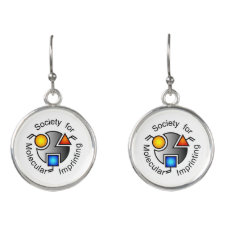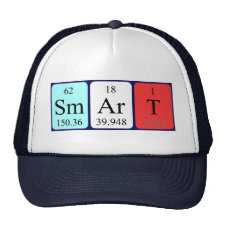
Authors: Wu YL, Lin RX, Ma FG, Yan J, Sun YM, Jia SH, Gao J
Article Title: Dual-imprinted mixed matrix membranes for selective recognition and separation: A synergetic imprinting strategy based on complex initiation system.
Publication date: 2022
Journal: Journal of Colloid and Interface Science
Volume: 606
Page numbers: 87-100.
DOI: 10.1016/j.jcis.2021.07.153
Alternative URL: https://www.sciencedirect.com/science/article/pii/S0021979721012236
Abstract: Molecularly imprinted membranes (MIMs) with sufficient and even-distributed recognition sites that can break the permeability-selectivity trade-off phenomenon are desirable in chemical field of selective separation. Herein graphene oxide (GO)/TiO2-loaded nanocomposite fibrous membranes were prepared by developing two kinds of tetracycline (TC)-imprinted systems in the same MIMs-based material. Thereinto, polydopamine-based and sol-gel-based imprinting processes were applied to the synthesis of GO/TiO2-loaded dual-imprinted mixed matrix membranes (GT-DIMs). The as-prepared GT-DIMs encompassed innovative GO/TiO2-based nanocomposite fibrous channels and two kinds of TC-imprinted systems, and critical comparisons regarding the fluxes, rebinding capacities and permselectivity were provided and studied. Importantly, dual-imprinted system of GT-DIMs could not only allow for largely enhanced rebinding result (70.63 mg/g) and fast adsorption equilibrium rate within 30 min, but also facilitate the high permselectivity of TC in complex separation systems and lab-simulated wastewater samples. The permselectivity factors were all around 5.0, which strongly demonstrated the efficiently selective recognition and separation performance of GT-DIMs. Overall, based on testing results of practical separation and scalability, excellent structural stability and separation continuity had been successfully obtained for selective separation applications of pollutants
Template and target information: tetracycline, TC
Author keywords: molecularly imprinted membranes, GO, TiO-loaded nanocomposite fibrous structure, Dual-imprinted method, Tetracycline, Selective recognition and separation mechanism



Join the Society for Molecular Imprinting

New items RSS feed
Sign-up for e-mail updates:
Choose between receiving an occasional newsletter or more frequent e-mail alerts.
Click here to go to the sign-up page.
Is your name elemental or peptidic? Enter your name and find out by clicking either of the buttons below!
Other products you may like:
 MIPdatabase
MIPdatabase









